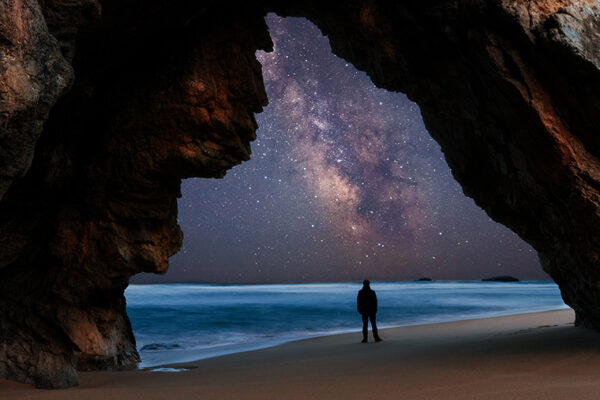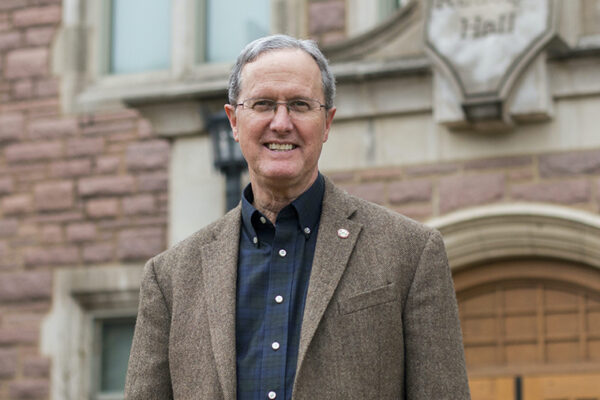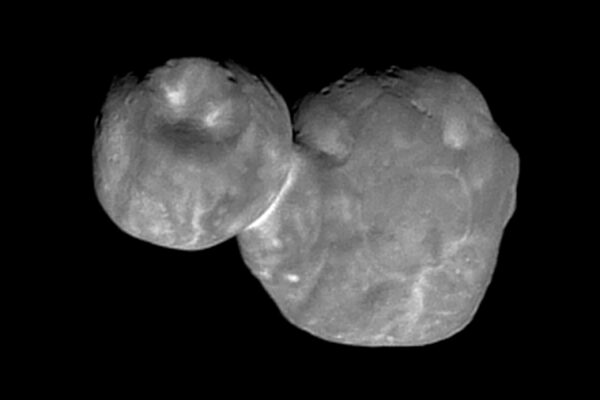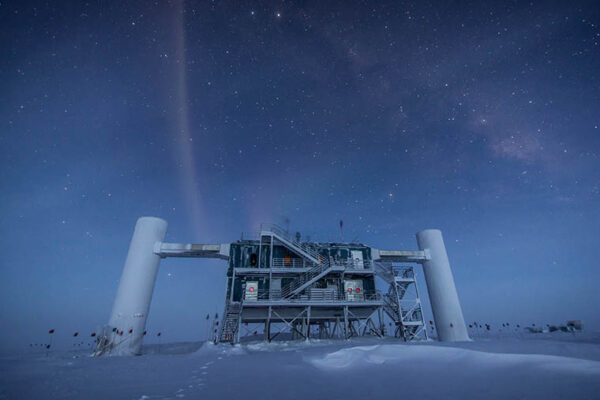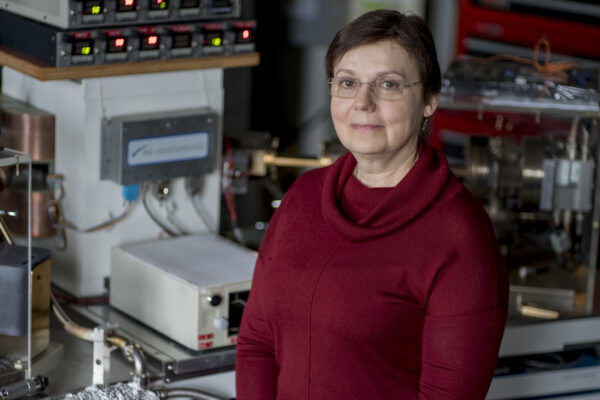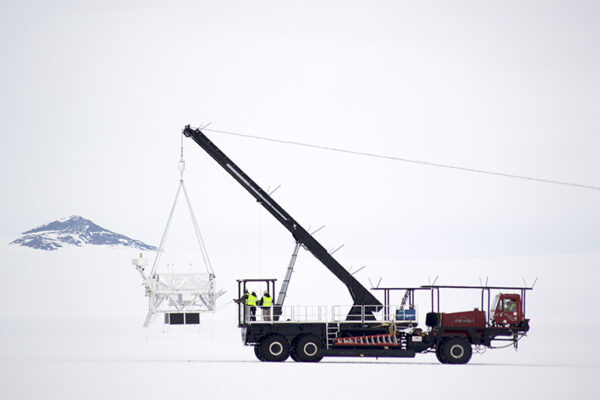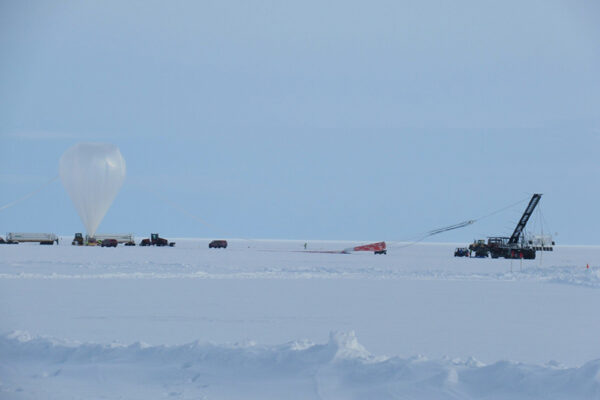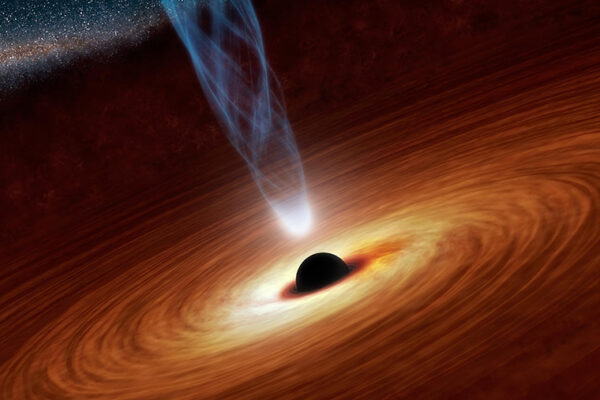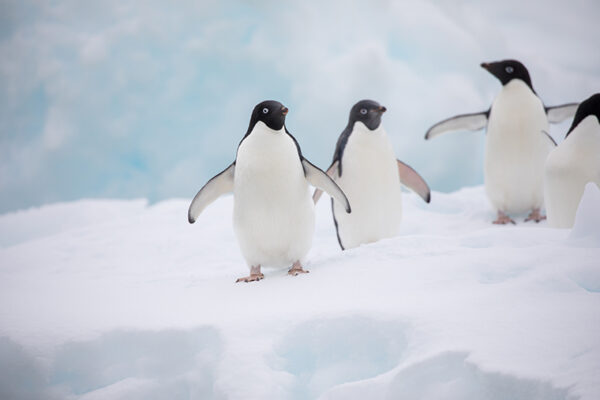Solving for nuclear structure in light nuclei
Saori Pastore, assistant professor of physics in Arts & Sciences at Washington University in St. Louis, helps explain what happens in nuclei when they decay, scatter among each other or come into contact with subatomic particles. Her recent paper, “Weak Transitions in Light Nuclei,” published in Frontiers in Physics, contributes to a body of increasingly accurate, descriptive calculations of nuclear structure and reactions.
Meteorite study suggests Earth may have always been wet
A new study finds that Earth’s water may have come from materials that were present in the inner solar system at the time the planet formed — instead of that water being delivered by far-reaching comets or asteroids. The research co-authored by physicist Lionel Vacher in Arts & Sciences at Washington University in St. Louis is published Aug. 28 in Science.
Jolliff awarded Shoemaker Distinguished Scientist Medal
Bradley Jolliff, the Scott Rudolph Professor of Earth and Planetary Sciences in Arts & Sciences and director of the McDonnell Center for the Space Sciences, has been awarded the 2020 Eugene Shoemaker Distinguished Scientist Medal by NASA’s Solar System Exploration Research Virtual Institute, recognizing significant contributions to planetary science throughout his career.
Arrokoth close-up reveals how planetary building blocks were constructed
William B. McKinnon, professor of earth and planetary sciences in Arts & Sciences at Washington University in St. Louis, led one of three new studies that together provide a far more complete picture of the composition and origin of Arrokoth. The new research published in Science points to the resolution of a longstanding scientific controversy about how such primitive planetary building blocks called planetesimals were formed.
Ultra-high energy events key to study of ghost particles
Bhupal Dev, assistant professor of physics in Arts & Sciences at Washington University in St. Louis, proposes a new way to leverage data from ultra-high energy neutrinos from large neutrino telescopes such as the IceCube Neutrino Observatory in Antarctica.
What a meteorite is teaching us about space history
Presolar grains — tiny bits of solid interstellar material formed before the sun was born — are sometimes found in primitive meteorites. But a noble gas analysis from physicists in Arts & Sciences reveals evidence of presolar grains in part of a meteorite where they are not expected to be found.
Catching up with SuperTIGER, 130,000 feet above Antarctica
A balloon-borne scientific instrument designed to study the origin of cosmic rays is taking its second turn high above the continent of Antarctica three and a half weeks after its launch.
WashU physicists launch cosmic ray telescope from Antarctica
A team of Washington University in St. Louis scientists at McMurdo Station, Antarctica, successfully launched its SuperTIGER (Super Trans-Iron Galactic Element Recorder) instrument, which is used to study the origin of cosmic rays.
Kip Thorne explores the ‘warped side’ of the universe
Nobel laureate Kip Thorne will visit Washington University to deliver a public talk on Thursday, Nov. 7. Thorne’s work in theoretical physics examines gravitational waves, the Big Bang and what these phenomena tell us about the dynamics of the universe.
Energy, environment focus of 2019 McDonnell lecture
Richard Alley, the Evan Pugh Professor of Geosciences at Pennsylvania State University, will deliver the McDonnell Distinguished Lecture on March 6 at Washington University in St. Louis. Alley’s lecture is titled “Finding the Good News on Energy and Environment.”
View More Stories

